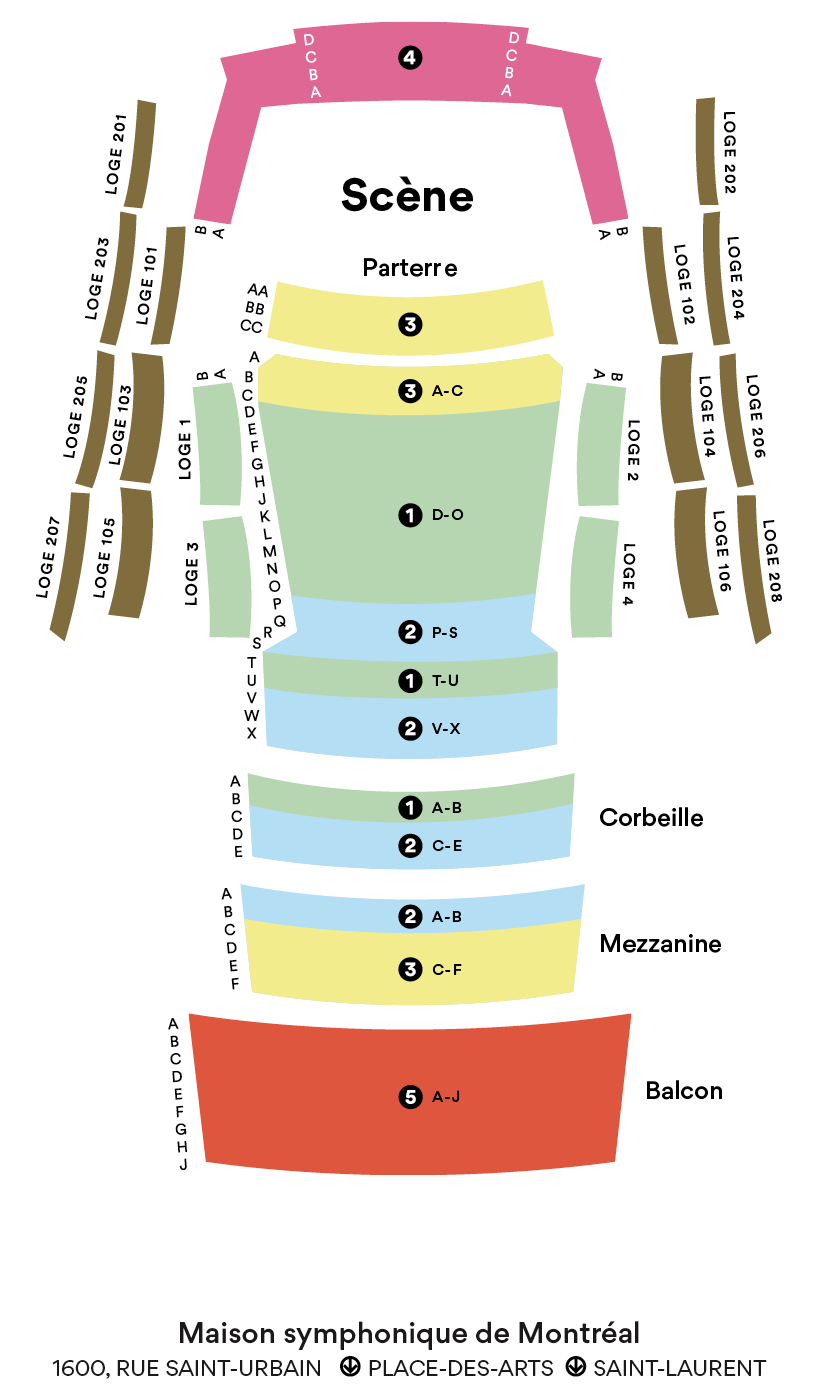Symphony No. 31 “Paris”
Mozart
1756 – 1791
In March of 1778, Mozart arrived in Paris full of hope. The capital city was the final stop on a tour in search of employment that had taken him to several cities in Germany, most notably Mannheim, which had an intense musical life. In his pocket, he had a list, drawn up by his father Leopold, of prominent people likely to offer assistance. These included the Baron von Grimm, who had taken him under his wing during his earlier Paris visits as a child prodigy. For this tour, Leopold remained in Salzburg, which is why we have letters full of valuable information, while Wolfgang’s mother accompanied him. However, she died during the stay, leaving the 22-year-old torn between the love he felt for her and a feeling of liberation…
Unfortunately, things did not go as planned. Mozart wasn’t known in Paris as a composer, only as a piano virtuoso, and so had to give lessons, something he did only reluctantly. Grimm neglected him and failed to present him to high society; Mozart’s only private commission was the Concerto for Flute, Harp and Orchestra, K. 299, for the Comte de Guisnes and his daughter. Very aware of his talent, the young composer had little contact with French society, which he judged severely, and mainly kept company with compatriots. As Jean and Brigitte Massin remark: “He was a young man . . . whose recent compositions were all but unknown, a young, not particularly good-looking German man who spoke French with a thick accent.” The visit did, however, introduce Mozart to Free Masonry and its ideal of fraternity.
Despite the generally poor reception, Mozart placed his hopes in the Concert Spirituel, a series of public concerts given on Sundays and religious holidays, when the Opéra was required to close. Its director, Joseph Legros, commissioned from him a sinfonia concertante with winds but “forgot” to have it performed… By way of apology, Legros programmed a symphony, No. 31 in D major, K. 297, which enjoyed great success when performed on June 18. He later asked Mozart to compose a different Andante, as he found the first too “modulating,” too rich in ideas! It was this new version that would soon be published by Sieber. The work was often reprogrammed by the Concert Spirituel in the following years.
Composed in three movements, richly orchestrated and the first of Mozart’s symphonies to use clarinets, whose absence in the Mannheim orchestra he had lamented, the “Paris” Symphony was tailored to please the French, with powerful tuttis, crescendos, exposed winds and sharp contrasts. Containing no repeats, its three movements instead repeat various melodic cells, not unlike the chaconnes and passacaglias of earlier generations.
The initial and very martial Allegro assai features a rocket effect, which re-occurs until the very end, and is succeeded by a wide range of melodic invention, with a few more dramatic short incursions in a minor mode. The following Andante, loosely built like a rondo, varies the returns of the refrain, its nonchalant balancing act expressing poetry and tenderness, though without pathos, in the spirit of a love song. The final Allegro reconnects with the energy of the first movement. It begins piano on the violins before exploding in a vigorous tutti and offering up a theme in fugal entries that lend a touch of seriousness to its triumphal style. The movement and symphony end, as Michel Parouty writes, “with a sustained vivacity and a search for the most spectacular colours.”
© François Filiatrault
Translation by Craig Schweickert
